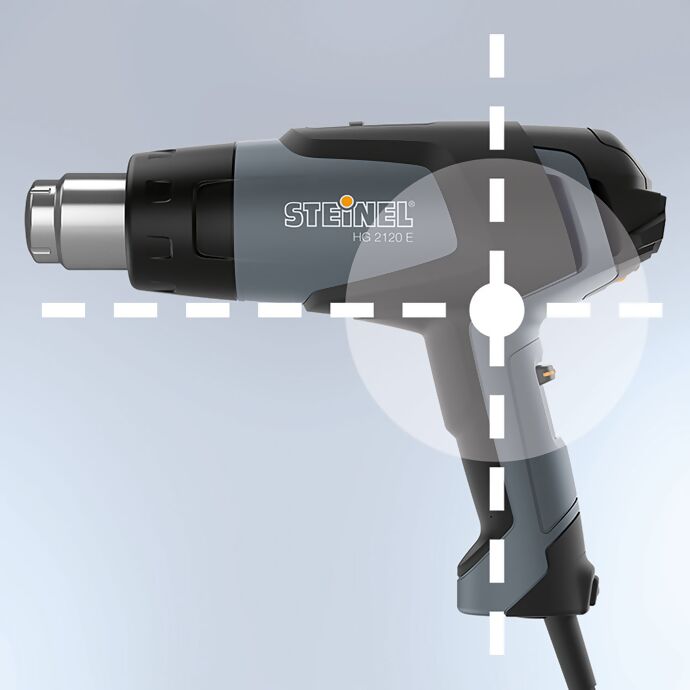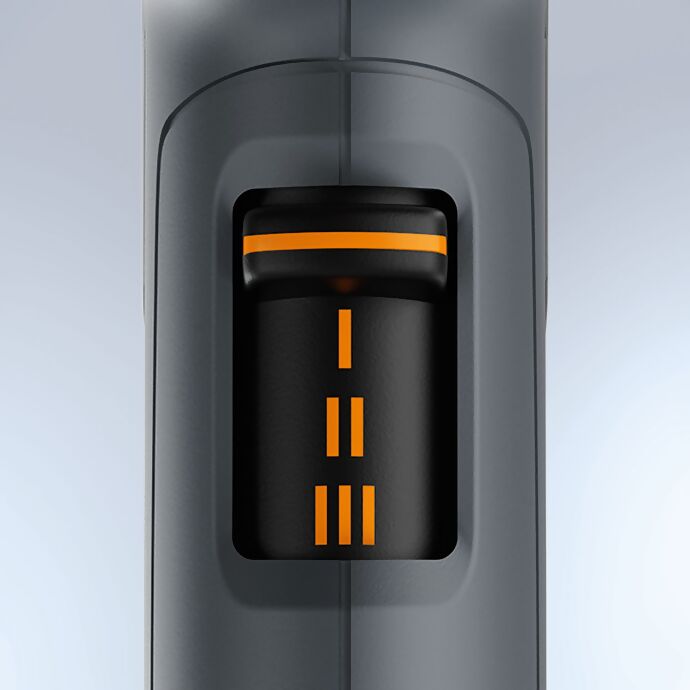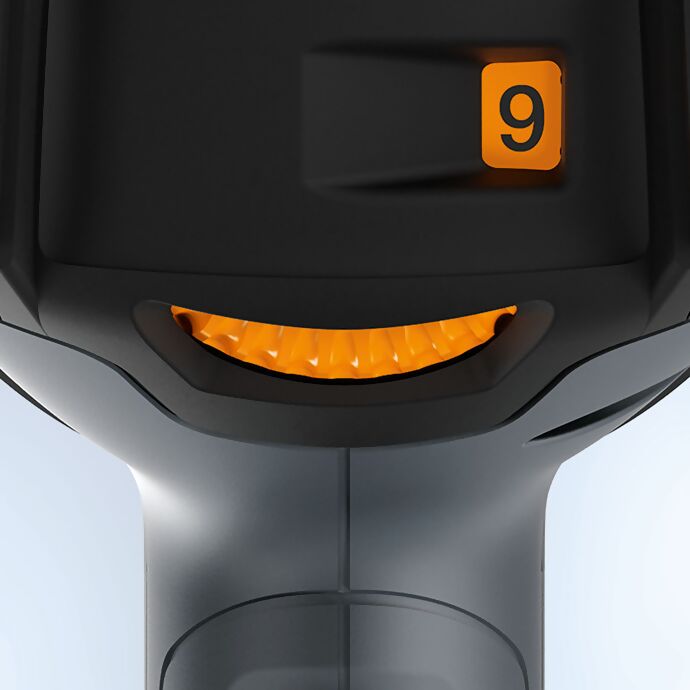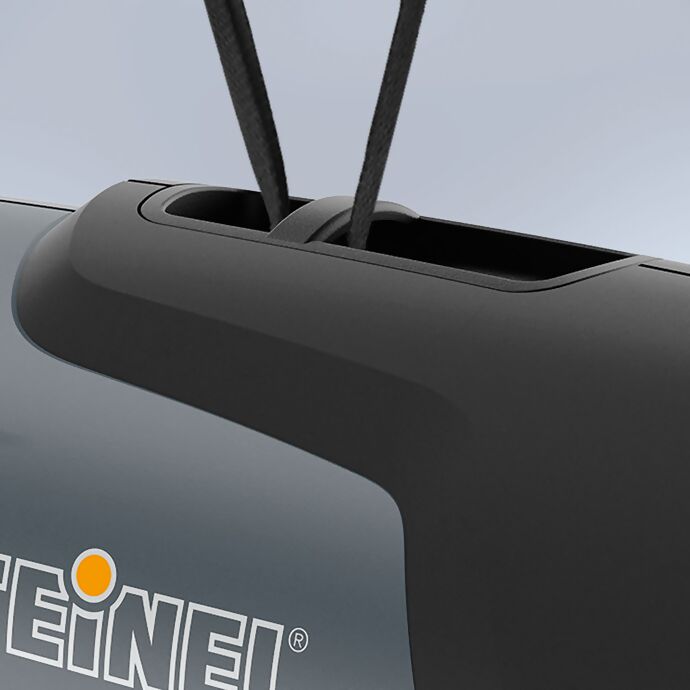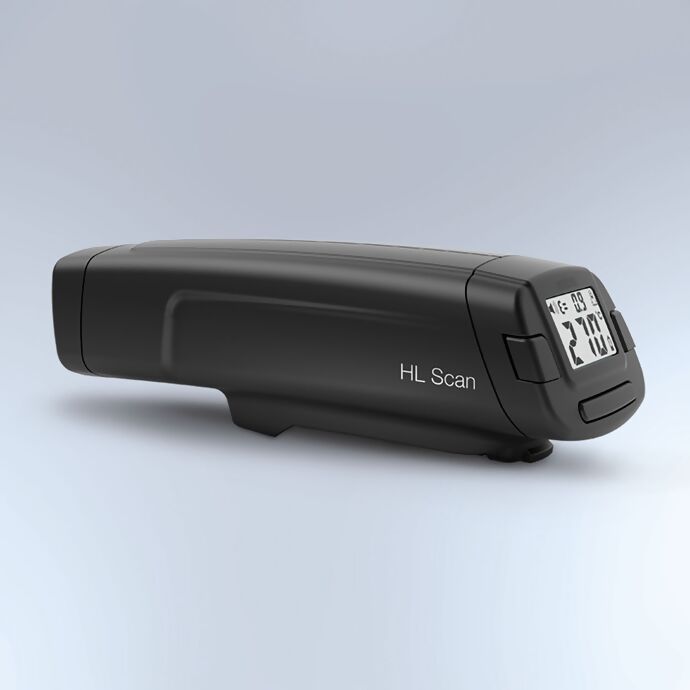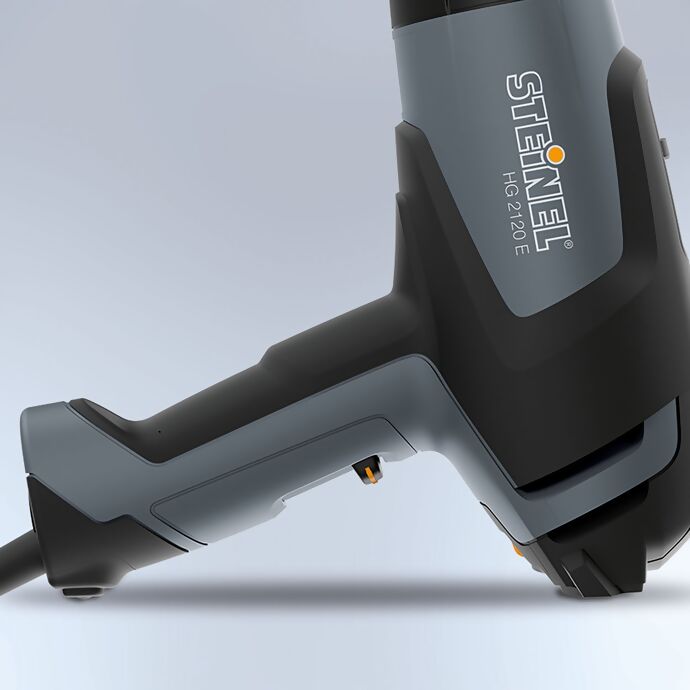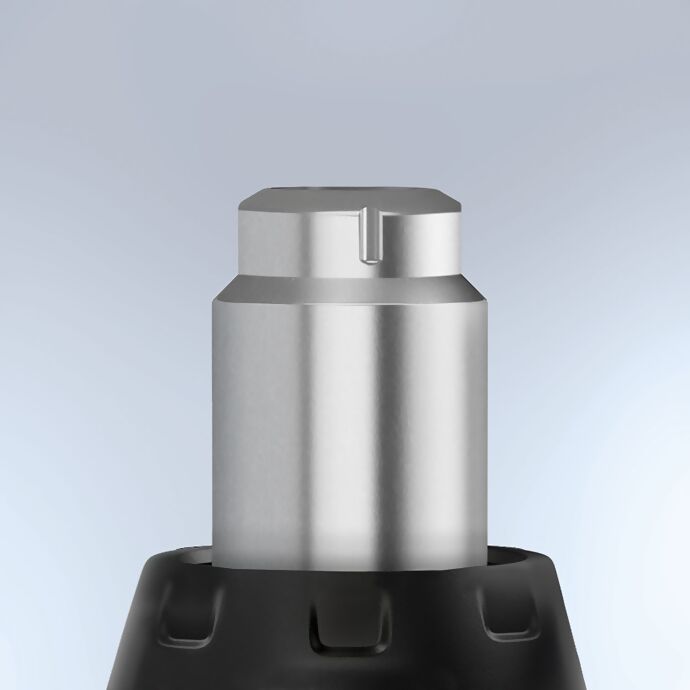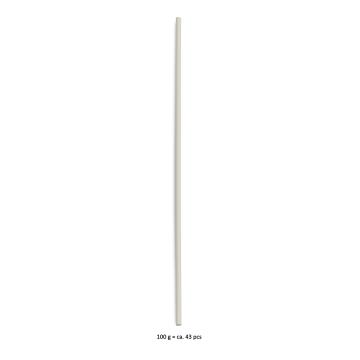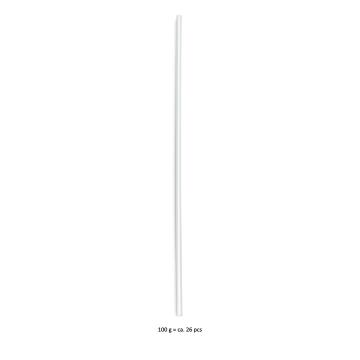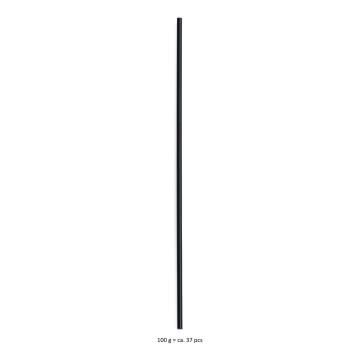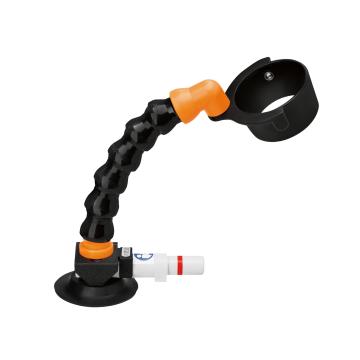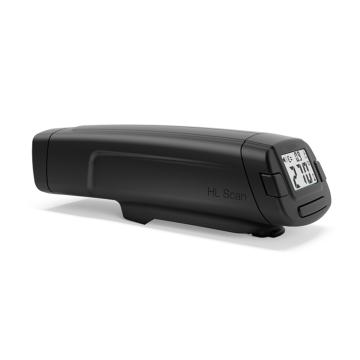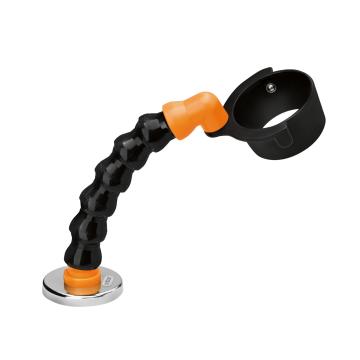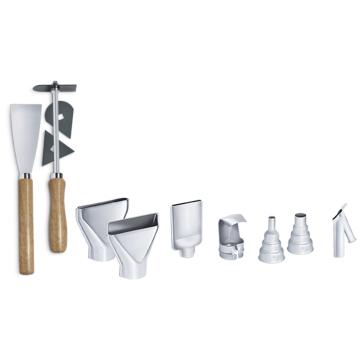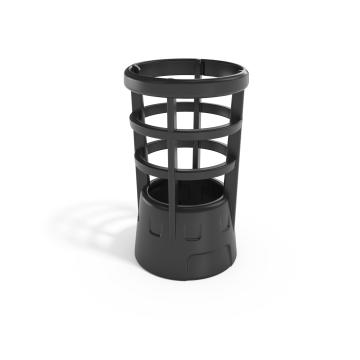-
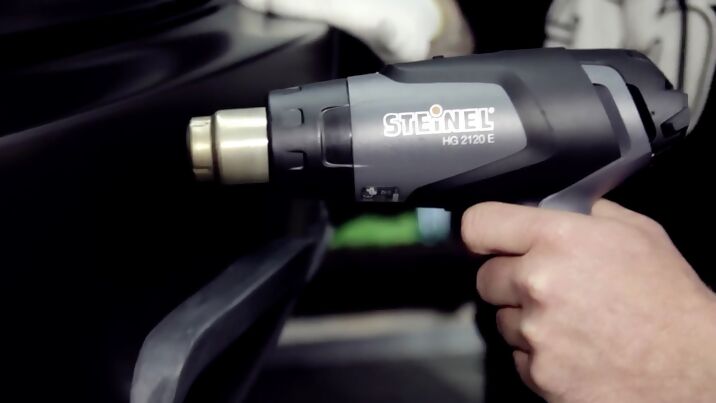 You're watching:For sign-makers and car-wrapping technicians.
You're watching:For sign-makers and car-wrapping technicians. -
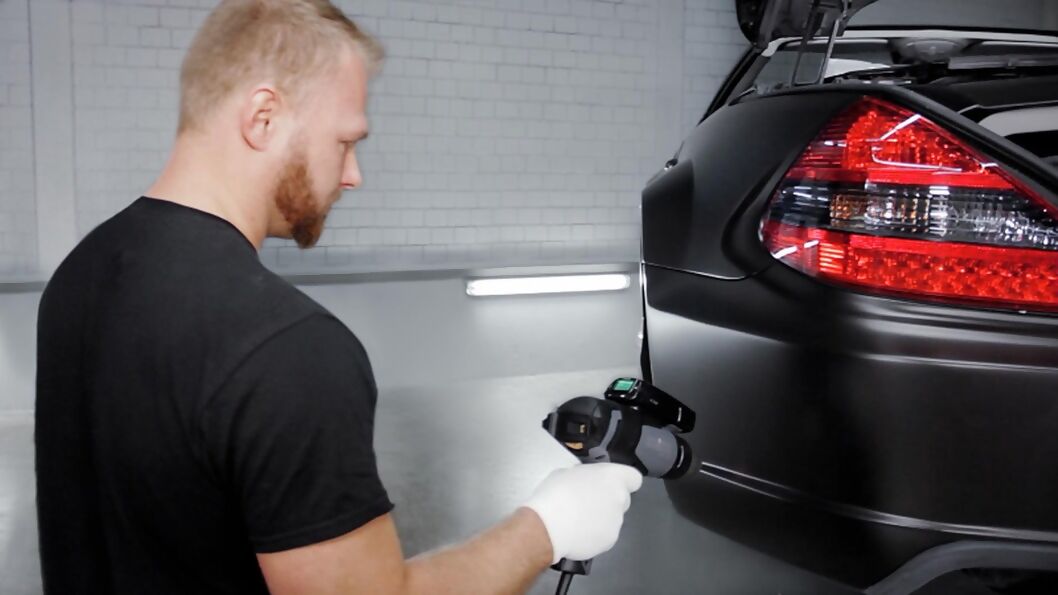 For sign-makers and car-wrapping technicians.
For sign-makers and car-wrapping technicians. -
 You're watching:For sign-makers and car-wrapping technicians.
You're watching:For sign-makers and car-wrapping technicians.
For sign-makers and car-wrapping technicians.
On the move: anyone wrapping cars or applying film to make large advertising displays basically needs two things: plenty of space and absolute temperature certainty. That's why our HG 2120 E hot air tool is available with a 7.5 m power cord and HL Scan in the form of a set. Ideal for single-handed use and even greater manoeuvrability.



